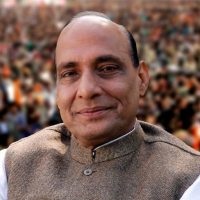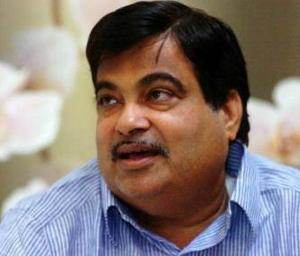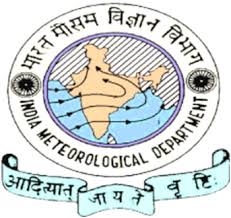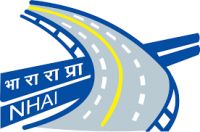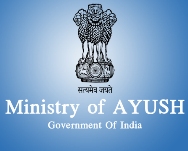The Government of India, the State of Manipur and the DISCOM of Manipur signed Memorandum of Understanding (MOU) under the Scheme UDAY – “Ujwal DISCOM Assurance Yojana” today for operational turnaround of the DISCOM.
Manipur is the fourteenth State to join UDAY. It is also the first North Eastern State to opt for UDAY for improving the efficiency of the DISCOM. The combined DISCOM debt (including CPSU dues) that would be restructured in respect of these states is around Rs.2.16 lac crore as on 30th September, 2015.
Today the Government of Manipur has taken a positive step towards supporting its DISCOM by signing the MOU under UDAY for improving its operational efficiency. Through compulsory Distribution Transformer metering, consumer indexing & GIS mapping of losses, upgrade/change transformers, meters etc., smart metering of high-end consumers, feeder audit etc. AT&C losses and transmission losses would be brought down, besides eliminating the gap between cost of supply of power and realisation. The reduction in AT&C losses and transmission losses to 15% and 3.20% respectively is likely to bring additional revenue of around Rs.208 crore during the period of turnaround.
While efforts will be made by the State Government and the DISCOM to improve the operational efficiency of the DISCOM, and thereby reduce the cost of supply of power, the Central government would also provide incentives to the DISCOM and the State Government for improving Power infrastructure in the State and for further lowering the cost of power. The Central schemes such as DDUGJY, IPDS, Power Sector Development Fund or such other schemes of MOP and MNRE are already providing funds for improving Power Infrastructure in the State and additional/priority funding would be considered under these schemes, if the State/DISCOM meet the operational milestones outlined in the scheme. The State shall also be supported through additional coal at notified prices and in case of availability, through higher capacity utilization, low cost power from NTPC and other CPSUs. Other benefits such as coal swapping, coal rationalization, correction in coal grade slippage, availability of 100% washed coal would help the state to further reduce the cost of Power. The State would gain around Rs.32 crore due to these coal reforms.
Demand Side interventions in UDAY such as usage of energy-efficient LED bulbs, agricultural pumps, fans & air-conditioners and efficient industrial equipment through PAT (Perform, Achieve, Trade) would help in reducing peak load, flatten load curve and thus help in reducing energy consumption in the State of Manipur. The gain is expected to be around Rs.17 crore
Improvement in operation efficiency would enable the DISCOM to borrow at cheaper rates in future, for their infrastructure development and improvement of existing infrastructure. The expected benefit to the State on this account is around Rs.6 crore during the turnaround period.
An overall net benefit of approximately Rs.263 crore would accrue to the State by opting to participate in UDAY, by way of cheaper funds, reduction in AT&C and transmission losses, interventions in energy efficiency, coal reforms etc. during the period of turnaround.
The ultimate benefit of signing the MOU would go to the people of Manipur. Reduced levels of transmission and AT&C losses would mean lesser cost per unit of electricity to consumers. Improved operationally efficiency would also improve the DISCOM’s financial health. A healthy DISCOM would be in a position to supply more power. Thus, the scheme would allow speedy availability of power to around 188 villages and 2.43 lac households in the State that are still without electricity. Availability of 24×7 power to hitherto unconnected villages/households etc. would boost the economy, provide more employment opportunities for the people of the State and thereby, improve the standard of living of the people of the State.


